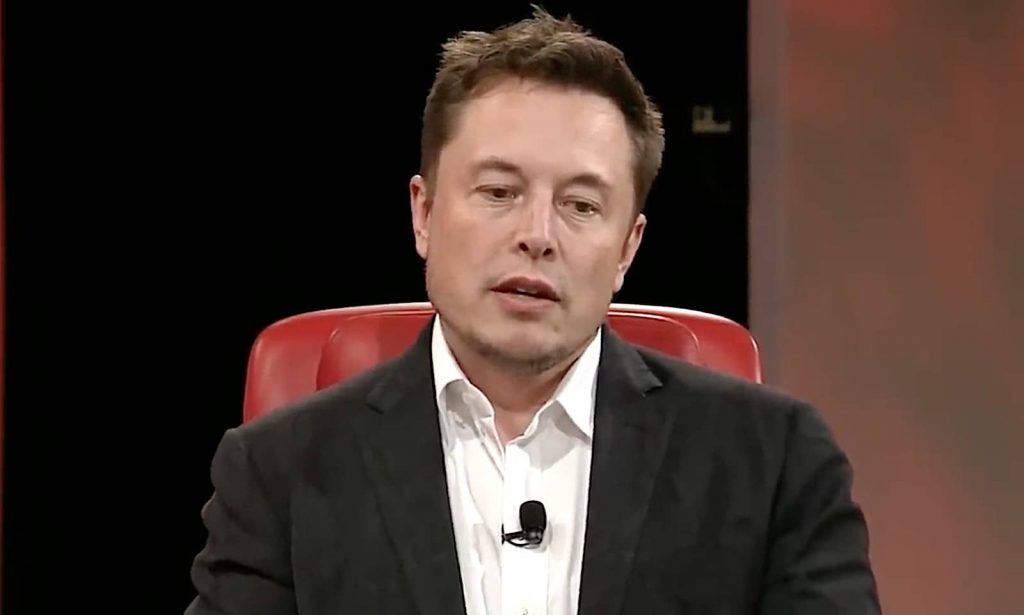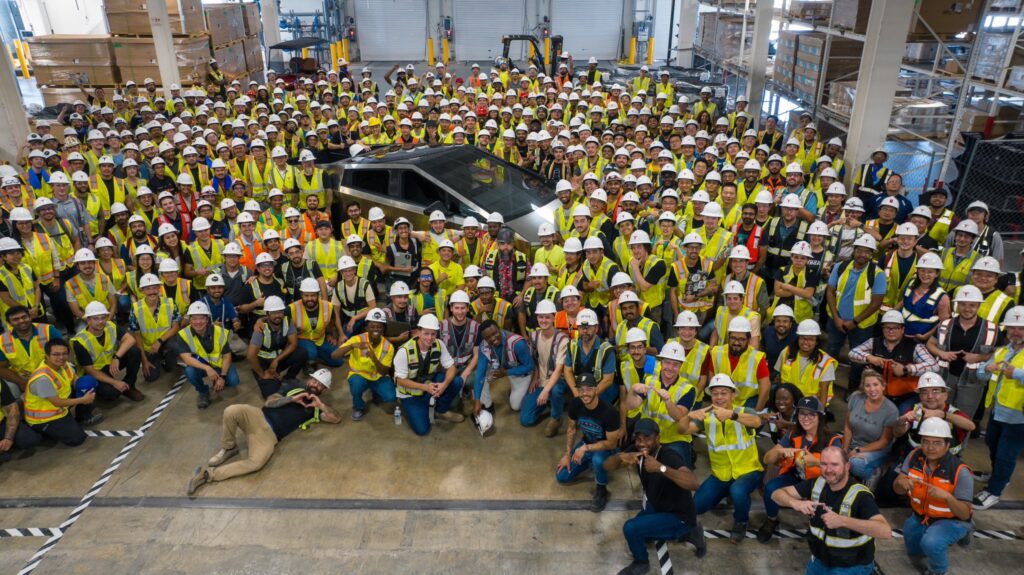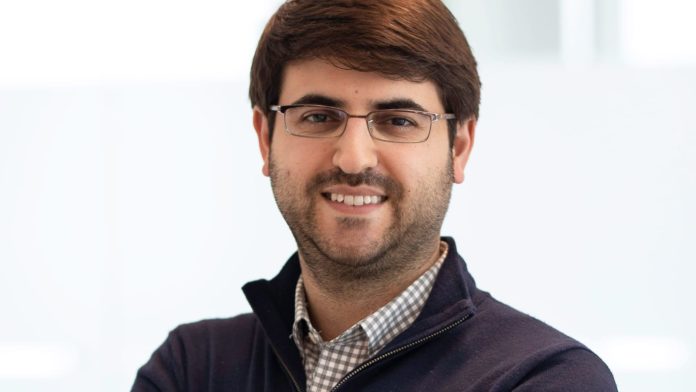Zachary Kirkhorn, Chief Financial Officer at Tesla, unexpectedly announced his resignation after more than four years in the post, having superseded longtime Musk confidant Deepak Ahuja.
Analysts had been looking at the 38-year-old Kirkhorn as a potential Elon Musk replacement. Tesla did not provide an explanation for his departure.
Musk expressed his appreciation for Kirkhorn in a post on X, formerly Twitter, a few hours after it was announced, writing: “Much appreciated and best wishes for the next stage of his career.”
Kirkhorn was replaced as CFO on Friday by 45-year-old Vaibhav Taneja. To enable “a seamless transition,” Kirkhorn intends to remain at Tesla through the end of the year, according to the statement.
“Being a part of this company is a special experience and I’m extremely proud of the work we’ve done together since I joined over 13 years ago,” Kirkhorn said in a LinkedIn post.
Analysts questions
Kirkorn’s unexpected departure raises concerns about Musk’s succession plans at the biggest manufacturer of electric vehicles in the world. The 52-year-old CEO has a lot on his plate, running Tesla, Space X, and X, the social media platform once known as Twitter. Musk also owns NeuraLink, a brain-chip startup.

Kirkhorn was mentioned by board members as a potential replacement for Musk as CEO, according to a May article in The Wall Street Journal, and Tesla does not have a clear second-in-command. Tesla director James Murdoch reportedly stated in November that Musk had identified a prospective successor without disclosing who that person was, according to Reuters.
Certainly Kirkhorn was one of Tesla’s most visible executives, discussing strategy and products on calls with analysts and was viewed as a subdued counterpoint to the more explosive Musk.
A former McKinsey analyst, Kirkhorn was brought onboard Tesla in 2010, playing a key role in transforming Tesla into the most valuable automaker in the world, one that’s generated profits for 16 straight quarters. By reducing manufacturing costs and pursuing efficiency, he led the company’s expansion while overseeing daily operations much like a chief operating officer. But he was handsomely compensated, being paid mostly in equities, according to the Journal. Kirkhorn has more than $550 million in vested-but-unexercised shares and stock options, and has sold another $49 million of Tesla stock.
Kirkhorn’s successor, Vaibhav Taneja, spent almost 17 years at accounting firm PricewaterhouseCoopers in India and San Jose, California before joining Solar City in March 2016 as vice president of accounting operations. Taneja stayed with the company after its acquisition by Tesla for $2.6 billion.
What’s next

Kirkhorn’s departure comes after a calm period in Tesla’s executive suite. Then again, it’s the automaker’s first new model launch in three years.
Executive turnover is nothing new for Tesla, particularly during new model launches, like the soon-to-be-released Cybertruck. Numerous senior executives left the corporation before and during the challenging introduction of the Model 3.
The truck’s provocative triangular design has been the subject of years of hype by Musk. Yet bringing the Cybertruck to market has proven extraordinarily difficult. Originally scheduled to go on sale in 2021, Tesla was faced with years of delays brought on by design modifications, cost overruns, and the uncertainties brought on by the pandemic. It was unveiled in 2019.
And despite Kirkhorn’s departure, the Cybertruck program seems to be on track to reach the market by year’s end. But it is not Tesla’s only current project, as the company is also working to complete a Mexican factory that will build a mass-market EV that will serve as the basis for a new Tesla robotaxi.
By 2030, Tesla hopes to sell 20 million vehicles annually, up from the approximately 1.3 million it sold in 2022.

